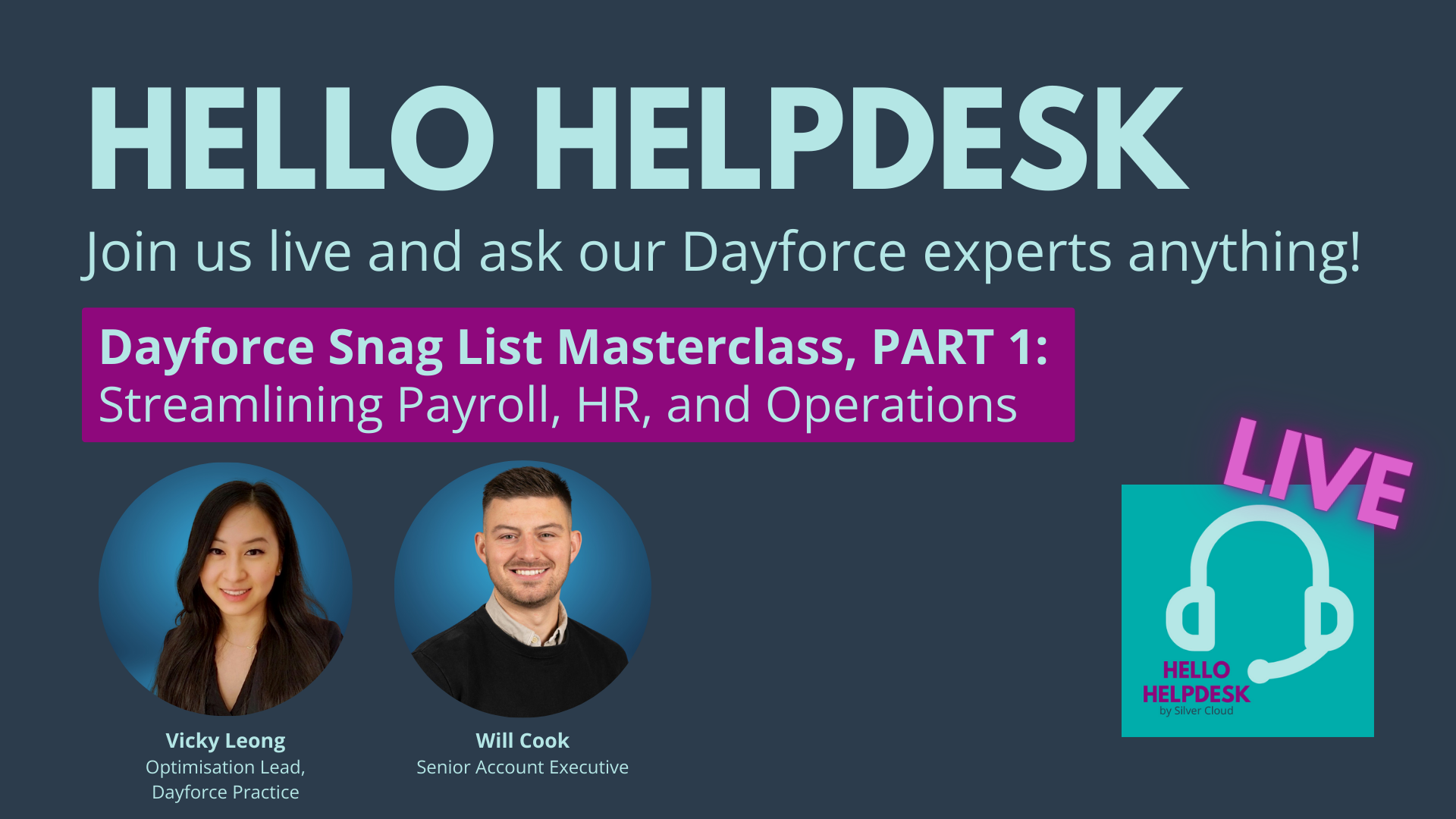People data migration – how to keep it from sucking
by SJ Hood

Let’s be honest, most of us fall into the HR world because we are people people, not data people. But, more and more, especially with the rapid increase in AI, data is part of the HR gig. Because of that, when you implement a new HR system, people data migration plays a huge role. And that means you’ll really need those data skills at hand.
So, for those of us not data inclined, here’s how to get control of your data in a way that doesn’t suck:
The biggest data migration challenges
Data migration is full of hurdles, but the biggest one is data quality issues. Inconsistent, incomplete, or inaccurate data is what leads to most migration problems and can lead to both migration failures and increased costs. And it’s surprisingly easy for these issues to occur. After all, any time there’s a human touchpoint, there’s room for human error.
Another major challenge is the migration processes themselves. Depending on what is being done, migrations can require system downtime. Which can mean disrupting all sorts of business operations, particularly if there hasn’t been careful planning to minimise the impact.
Data that’s too complex and data structures that interlink too much also pose a challenge. Situations like this make maintaining data integrity and consistency much more difficult. Which can, of course, lead straight back to the data quality issues
Unexpected technical issues, like compatibility problems between old and new systems, can also arise, causing even more delays and additional costs. Backwards compatibility is becoming less common and the lack of it becomes more complicated as the rate of new software increases.
Key data migration considerations
When managing data migration, there’s a lot to keep in mind. On top of the challenges, there are just a lot of moving parts. And that means thinking about security, integrations, testing and communication all while fighting the fires that poor data quality can start.
When it comes to security, it’s important to make sure this is considered throughout the whole process. Here are a couple of key ways to do that:
- Using encryption during transit
- Implementing secure access controls
- Adhering to data protection regulations.
Another thing to take into account is testing and validation. To confirm that the migrated data is accurate and that your new system is up and running properly, you’ll need to plan in multiple testing phases. Especially when you are checking to make sure the data is being both read and used properly by the platform.
Additionally, it’s crucial to maintain clear communication with all stakeholders about the migration. Be up front with them about the process, timelines, and potential impacts so you can manage expectations and reduce internal resistance. But also, don’t forget to update them as things change along the way.
Quick data migration and management tips
To help keep your data migration running smoothly, here are a few of our top tips. Following these should make sure that your data is in good working order and your migration doesn’t suffer.
Simplify data management and migration by starting with data cleansing. Take the time to identify and fix data quality issues. Accuracy and consistency are critical for making the most of your data. If your data is too messy, your new system won’t be able to use it, which means you’ll miss out on any insights your data could otherwise provide.
While you’re at it, use any automated data migration tools that you have available. These help to streamline the process, reduce errors, and save time. This is particularly important if you don’t have a skilled data person on your team who can oversee the migration process directly.
You can also consider an incremental migration approach. That means moving data in phases to reduce risk and facilitate troubleshooting. This is a great way to mitigate risk and to test the success of each set of data you migrate. Where you come into trouble, you may need to go all the way back to data cleansing, so limiting the amount of data you are working with can shorten that feedback loop.
Finally, always back up your data before beginning the migration. This provides the possibility of recovery in case something goes wrong. It may seem like an excessive step, but trust us when we say that backing up your data is always the right call. Taking a slightly longer time to do the migration will be worth it for the assurance that you have limited the possibility for you to lose highly sensitive data.
Best practice tips for overcoming data migration challenges
To ensure a seamless data management and migration process, it is vital to involve data management and IT teams early in the project planning phase. This collaboration enables a thorough understanding of requirements and effective planning.
Clear and detailed requirements for the migration help prevent misunderstandings and errors. Adequate resource allocation, including time, budget, and personnel, is crucial to avoid rushed and flawed migrations.
Moreover, providing comprehensive training and support to staff throughout the migration process, including training on new systems and helpdesk support for post-migration issues, can significantly enhance the overall experience.
Getting help with your people data
The good news is you don’t have to deal with data alone. Aside from hiring talent with those skills specifically, you can also work with consultancies (like Silver Cloud 👋) who can help you manage the process and tackle any data problems you come up against. This can be especially helpful for teams that have a lot of business-as-usual tasks to keep up with alongside their migration.
Data management and migration probably aren’t in your top five favourite things as an HR leader, but they are unquestionably necessary skills. Understanding the challenges, knowing how to prevent them and getting help with managing your data can make any migration much easier and less stressful.
Want to know more about how Silver Cloud can help solve your people data problems? Reach out and speak to one of our experts.



